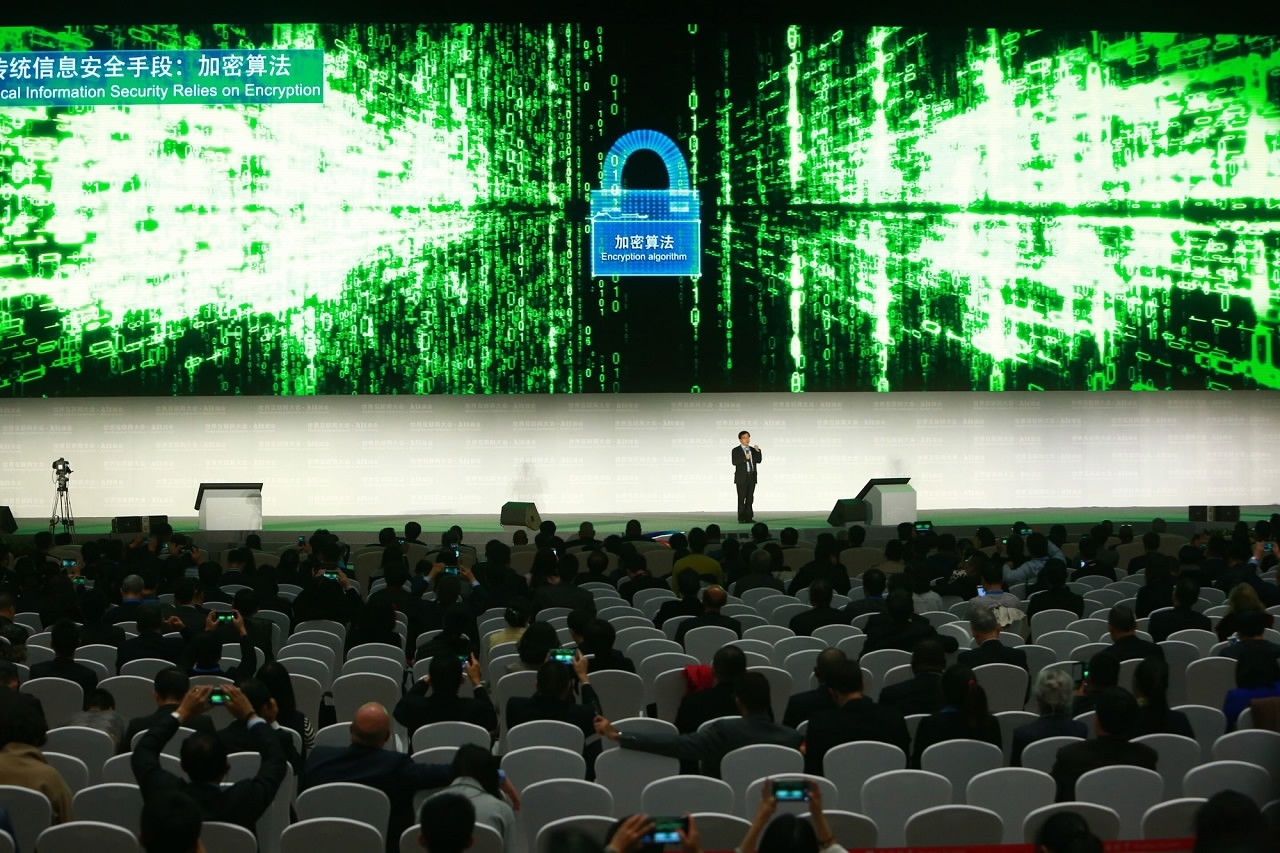Can China’s quantum radar become even more powerful? Scientists may have found the key
Experiment may extend range of systems that detect stealth aircraft, but Tsinghua physicist warns it could just be a ‘mathematical illusion’
PUBLISHED : Thursday, 15 December, 2016, 1:32pm
UPDATED : Thursday, 15 December, 2016, 10:02pm
Chinese researchers have conducted an experiment that could lead to a way to extend the range at which quantum radar systems can detect stealth aircraft.
In a
paper in the journal
Physical Review Letters early this month, the team from the University of Science and Technology of China (USTC) in Hefei, Anhui province, detailed an experiment that showed for the first time that weak-value-based metrology, an emerging quantum measurement technique, could detect previously undetectable signals.
The technology used very “gentle” methods to measure the quantum states of subatomic particles repeatedly and could be particularly useful in the detection of extremely weak signals, such as the radar signature of a stealth jet.
A quantum physicist at Nanjing University in Jiangsu province, who was not involved in the research, cautioned that it was “laboratory work, not mature enough for immediate field deployment”, but added that it could “boost the range of quantum radar, among other things”.
Quantum physicists at USTC have built the world’s first quantum satellite, which was launched in August, and its longest ground-based quantum communication network.
USTC researchers also participated in the development of China’s first quantum radar system, according to China Electronics Technology Group Corporation (CETC), a state-owned arms supplier.
Earlier this year, CETC announced the effective range of Chinese quantum radar technology had reached 100km, five times the potential range of an overseas prototype.
China regards the stealth aircraft flown by the United States and its allies as a major threat to its regional interests. Japan received its first F-35 stealth fighter last month and in the years ahead China faces the likelihood of being surrounded by more stealth fighters and bombers.
Quantum radar systems generate pairs of entangled light particles known as photons. One photon in the pair is beamed into the air while the other is kept at the radar station. If a target is located, some photons bounce back and can be identified by matching them with the entangled photons kept at the radar station. By measuring the returning photons, researchers can calculate the physical properties of the target, such as its size, shape, speed and angle of attack.
However, a major challenge faced by quantum radar has been the small number of photons that return, with their number diminishing as the distance to a target increases. The theoretical bottom line was called the shot noise limit, beyond which a target could not be detected even in the best observation conditions.
Beyond the shot noise limit, the information carried by photons would be overwhelmed by the subatomic noises occurring within the photons themselves, and the detector would be unable to take a reliable measurement because the photons would hit the detector like random shots, hence the name.
The USTC team, led by professors Guo Guangcan and Li Chuanfeng, said they broke the shot noise limit by using a refined version of weak quantum measurement technology, which allowed them to accurately detect the presence of a even a very small number of photons.
The technology stems from a paradox in quantum physics. In the subatomic world, measurement means destruction. When you measure a subatomic particle you inevitably destroy its original quantum states.
But in the late 1980s, scientists came up with a solution. A weak measurement did not cause a collapse of quantum states. Even though each weak measurement could only obtain a small amount of information, by repeating the measurement on the same particles many times a statistically robust value, or a correct guess, about the properties trying to be measured could be obtained.
However, the original weak measurement scheme was inefficient. It could only measure a small proportion of the photons within detection range, with the rest discarded as waste.
In recent years scientists came up with a new method called power recycle measurement which could cycle the photons in a special device to reduce the number being wasted.
The USTC team conducted an experiment measuring laser beam deflection to demonstrate how the method could break the shot noise limit and push the sensitivity of a signal detector more than 200 per cent beyond it. They recorded detection at a signal strength less than half the shot noise limit while boosting the accuracy by 150 per cent, they said.
The Nanjing University professor, who requested anonymity, said the technology could “definitely” be used in quantum radar.
But a Tsinghua University quantum physicist expressed doubts about whether the technology would find a practical use any time soon, if at all.
“So far I have not heard of any real application of the weak metrology,” he said, also requesting anonymity. “Weak measurement is still a measurement, it will inevitably change the state of the object it measures, and that will set a limit to how far it can go.
“There is still ongoing debate whether the weak measurement is showing us real physical observation or just mathematical illusion.”
http://www.scmp.com/news/china/arti...cientists-show-how-extend-range-quantum-radar















